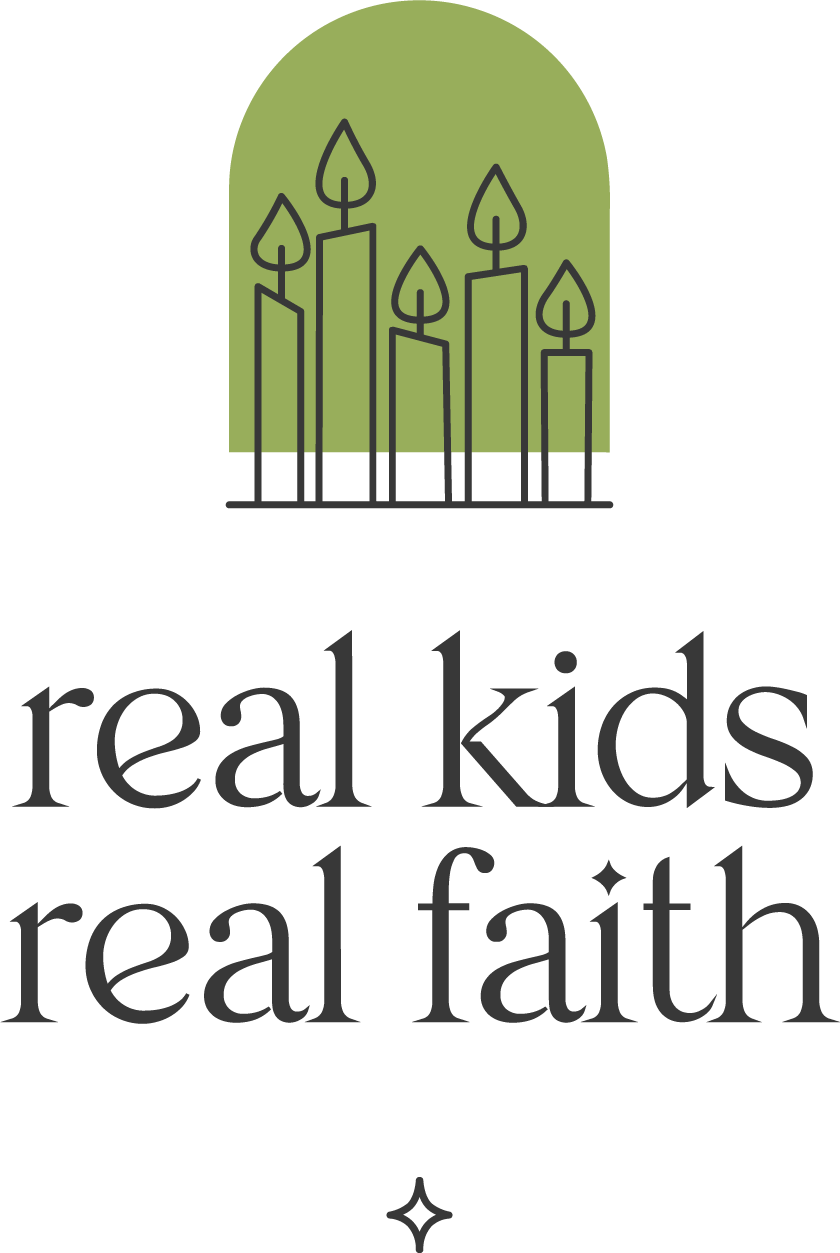Gratitude may seem like a natural attitude, but studies show it is primarily a skill that children learn from others. They need a lot of practice to become good at giving thanks. Support their learning process with these activities, designed to help them understand what gratitude is, how it feels, and why it matters.
Gratitude analysis. For kids to feel genuine gratitude, they need to notice that something good has happened and recognize that they did not cause it to occur. Invite children to identify a favorite experience. Encourage them to identify all the different people involved in creating that event. For example, a birthday party may involve someone who made (or bought) a cake, friends who brought gifts, people who blew up balloons, etc. A beach trip might involve someone who packed towels, food vendors, etc. Ask: How did/could you express your thanks to each of these people?
Get specific! Saying “thank you” can become rote rather than heartfelt when it is detached from specifics. Help children resist this tendency by role-playing gratitude exchanges. Invite them to pair up and act out various scenarios where one child does something nice or helpful for the other. The second child responds with “thank you for giving/helping/doing x for me”. Swap roles and repeat until they run out of scenario ideas.
Thanks-giving equations. Gratitude is one of the building blocks of a strong community. Help children recognize this reality by inviting them to create a group thanks-giving equation. Provide each child with paper and crayons or markers. Ask them to draw pictures of things people have done to help their community be a good place to live. Then tape the images up in a long line and add ‘+’ signs between each sheet of paper. Put an ‘=’ sign at the end of the row of images, followed by a sign that says ‘community’. Finish with a group cheer giving thanks for the many ways people are building community in your area.
Feeling grateful. Remembering times we have felt grateful in the past can prompt future gratitude. Invite children to meditate on such a past experience. Say: Sit comfortably with your eyes closed. (pause) Take a deep breath (pause) and let it out. (pause) Deep breath (pause) and let it out. (pause) Think about a time when someone did something nice for you. What did they do? (pause) How did you feel? (pause) What did you do in response? (pause) Breathe in (pause) and out (pause) and then open your eyes. Encourage children to share their memories if they want.
Every Little Kindness. Another way that children learn to practice gratitude is by recognizing the kindness of others toward them and then paying it forward to others. Read the picture book Every Little Kindness through once. Then return to the beginning of the book and invite children to create a timeline that depicts each act of kindness and the next person’s decision to show gratitude by helping someone else. Use simple words or pictures and arrows to show connections. Ask: How do you think each person felt when someone helped them? How do you think they felt when they helped someone else?
Gratitude barriers. Sometimes emotions like envy and self-importance get in the way of gratitude. Encourage children to imagine ways of moving past such barriers. Say: A friend receives a gift that you wish was yours. You want the gift and feel like you deserve it more than them. Strike a pose to show me how you feel. (pause) Show me with your body how you might try to take the gift. (pause) Now show me with your body how you might show happiness for your friend instead.

Comments